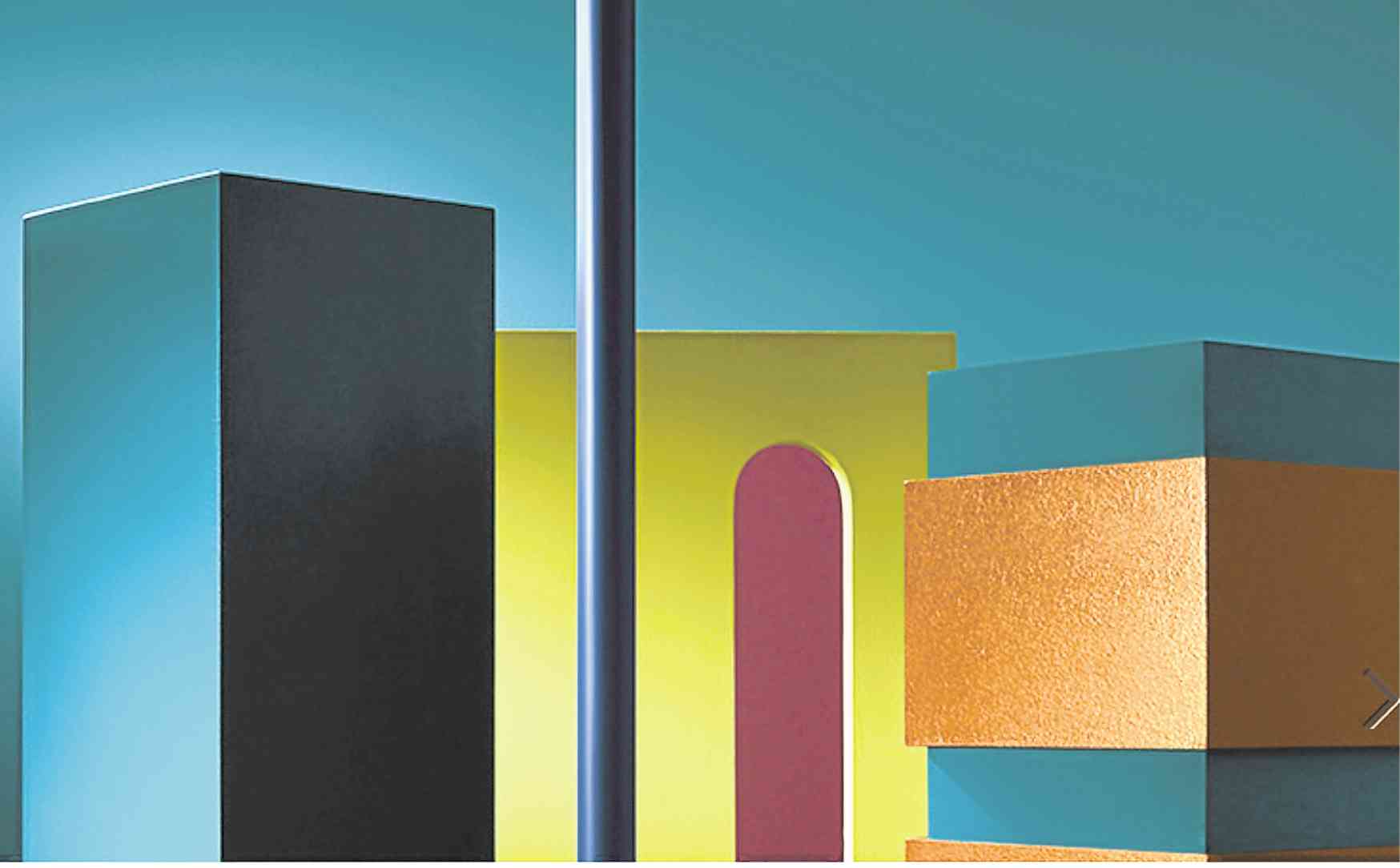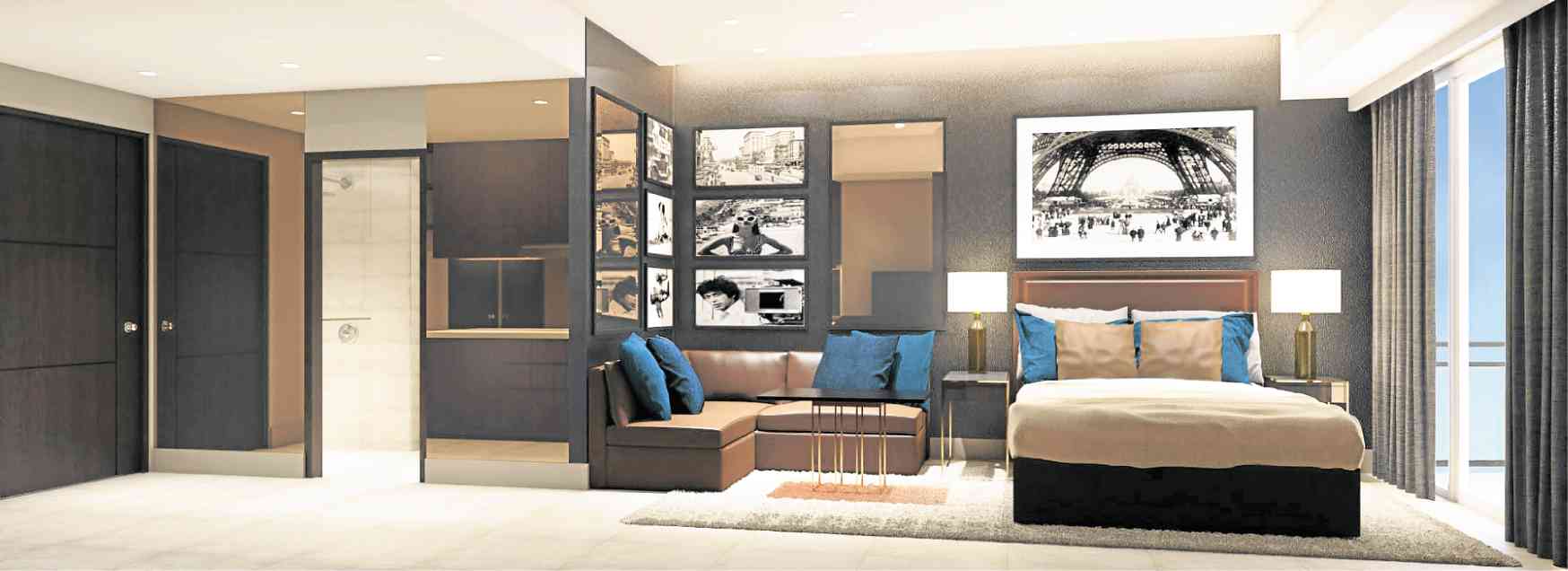With 2019 just around the corner, a few concepts in design have continued to evolve into very clear trends. While it is difficult to demarcate clearly the shift from one trend into another, there are noticeable cues on the direction the world of design is headed to.
Natural décor
While we have been seriously looking into the use of “green” materials and technology, the sustainable future belongs to low “embodied energy” products. These are materials that have been manufactured using the least amount of energy possible: sisal, seagrass, abaca, handmade paper, handwoven cotton, and many more that have been created with little machinery and refining. The materials are used in their most natural state with no greenwashing or excessive processing. Previously seen as a tree-hugger’s domain, natural materials are now embraced in most style designs, from minimalist to boho, from casual to luxury.
Florals
Abstracted, vectored, or realistically rendered, flowers abound in wallcover, carpets and fabric. Aside from commercially available patterns, florals can be digitized into custom prints in an array of styles, colors and sizes. While most patterns are depicted in actual size and scale, today’s oversized florals are used to create bold, colorful statements and impactful drama. Used with deep colors and carefully composed onto its context, florals exude a surreal and otherworldy feel, transforming the usual spatial environment into storybook-worthy imagery.
Monochromatic graphic patterns
From linear and graphic patterns, tiles, veneer, floor and wallcover have become even bolder in scale, texture and color. Think back to the 1930s and its art deco shapes and lines, and the modernist 1950s cascading through the kaleidoscopic pop-art, mod, and psychedelia of the ’60s and ’70s, and into the more recent chevrons and basket weaves. More pronounced are embossed materials or groove lines to create various depths of texture.
A cleaner boho
Will boho ever go away? While we’ve gotten over all that excessive vintage décor, overstated patterns and overly ornamented and embellished design elements, boho is here to stay and will carry over into the future with a more understated, elegant, and mature expression. The blending of vintage and modern probably signifies the ripening of this style into something more palatable and more practical, while still embodying the off-the-beaten track visual character of many bohemian design elements that personalize a boho space.
As mobility around the globe improves and an appreciation of character develops, the laid-back, handmade and original override the commercial and globalized. Hand in hand with the practical, affordable, and easy to access pieces that form the base palette of a space, boho accentuates individuality.
Curves
We’re seeing them in a lot of built elements like walls, ceilings and small construction details. Angles and edges are softened, and design elements are made continuous by eliminating sudden bends and shifts in materiality. And while retro and mid-century modern furniture and furnishing pieces strongly convey this, the curves of the future will be applied to various genres of design, and will encompass many different styles. The effect can be nostalgic and retro, just as it can be sleek and modern. The total effect is soft, fluid and infinite.
Light Wood
With the warmer and more dramatic timbers like rosewood and ebony receding into the past year, lighter and more golden tones are coming into prominence as timber flooring, wall cladding and furniture. The growing partiality for open, light and bright spaces has led to a preference for sunnier and toastier tones of wood. Think maple, oak and light cherry.
Bold bathrooms
Blacks, deep colors, bold golds and champagnes, charcoal and copper-toned mirrors, bookmatched marble with dramatic veining, and even melodramatic wood veneer, make the bathroom experience indulgent. While clean and minimal bathrooms exude a sanitized and fragrant charm, they are slowly giving way to the feel of luxury and extravagance. Bathrooms, after all, are for pampering.
Matte black
Black is back in a softer, smoother, yet less glaring matte finish. Used in accessories and furniture, it can complement colored walls and the heavy textures of fabric. As bathroom enclosures, it creates a contrast against polished walls, glass and mirrors. As wall paint or cladding, matte black creates drama in a small space without being harsh, and likewise create a dramatic backdrop for large spaces.
Retro colors
Deep greens, aquas, blues, rusts, berry tones, and a spectrum of bronzes and browns throw us back into the warm and rusty color palette of the sixties and seventies. Combined with complimentary colors, they not only accentuate elements, but also create a striking palette that celebrates color in its various shades and hues.
Jewel tones
Aubergines, turquoise, emerald greens, smoky quartz tones, garnet reds and mustard yellows not only accentuate but wrap around all four walls to create intense and moody backdrops that contrast with the warm tones of wood and metal. Best used in combination, they add a pop of vibrancy and create depth to even the plainest of spaces.
White and splashes of colors or non-colors
An all-white palette may not sit well with everyone, but predominantly white spaces with your choice of wood tones, metal finishes and upholstery textures and colors, add a ton of identity to your space. Taking a step back, the whites themselves can be an assortment of textural material, or even of a mix of finishes, whether matte, glazed or satin.



